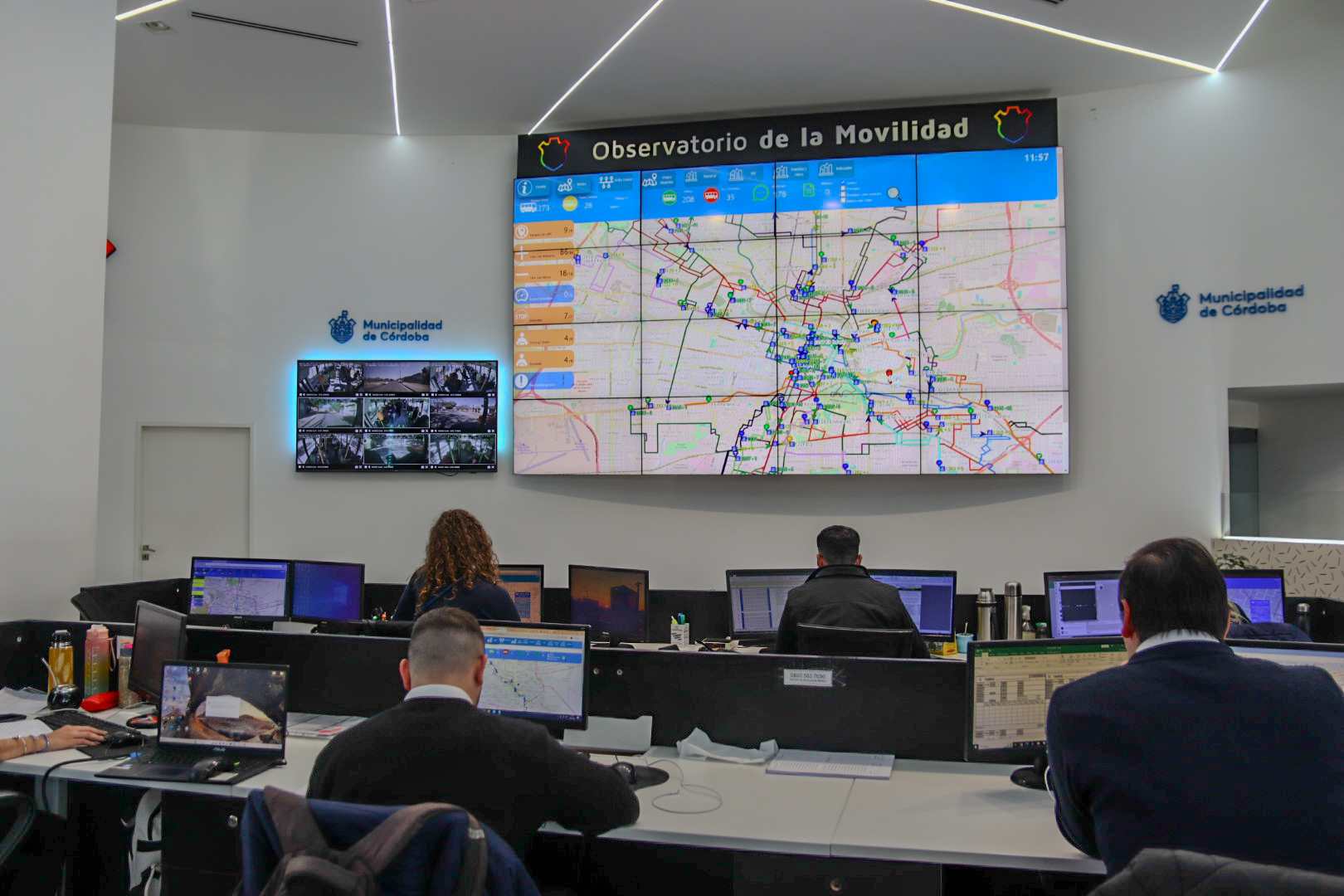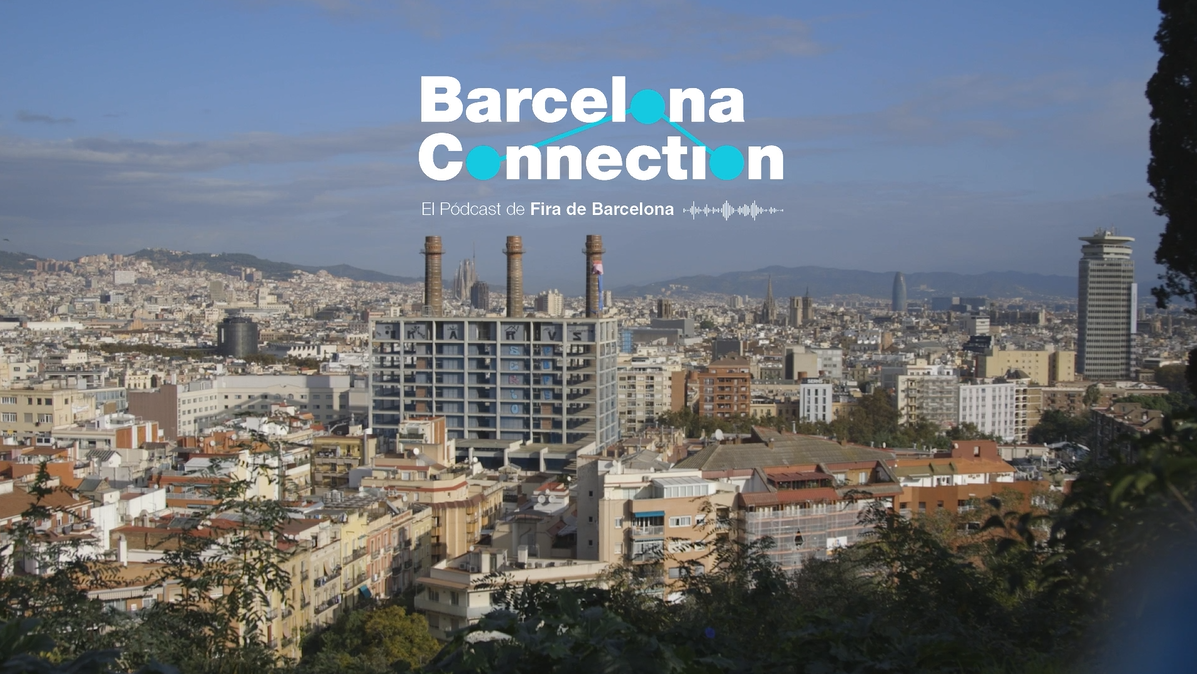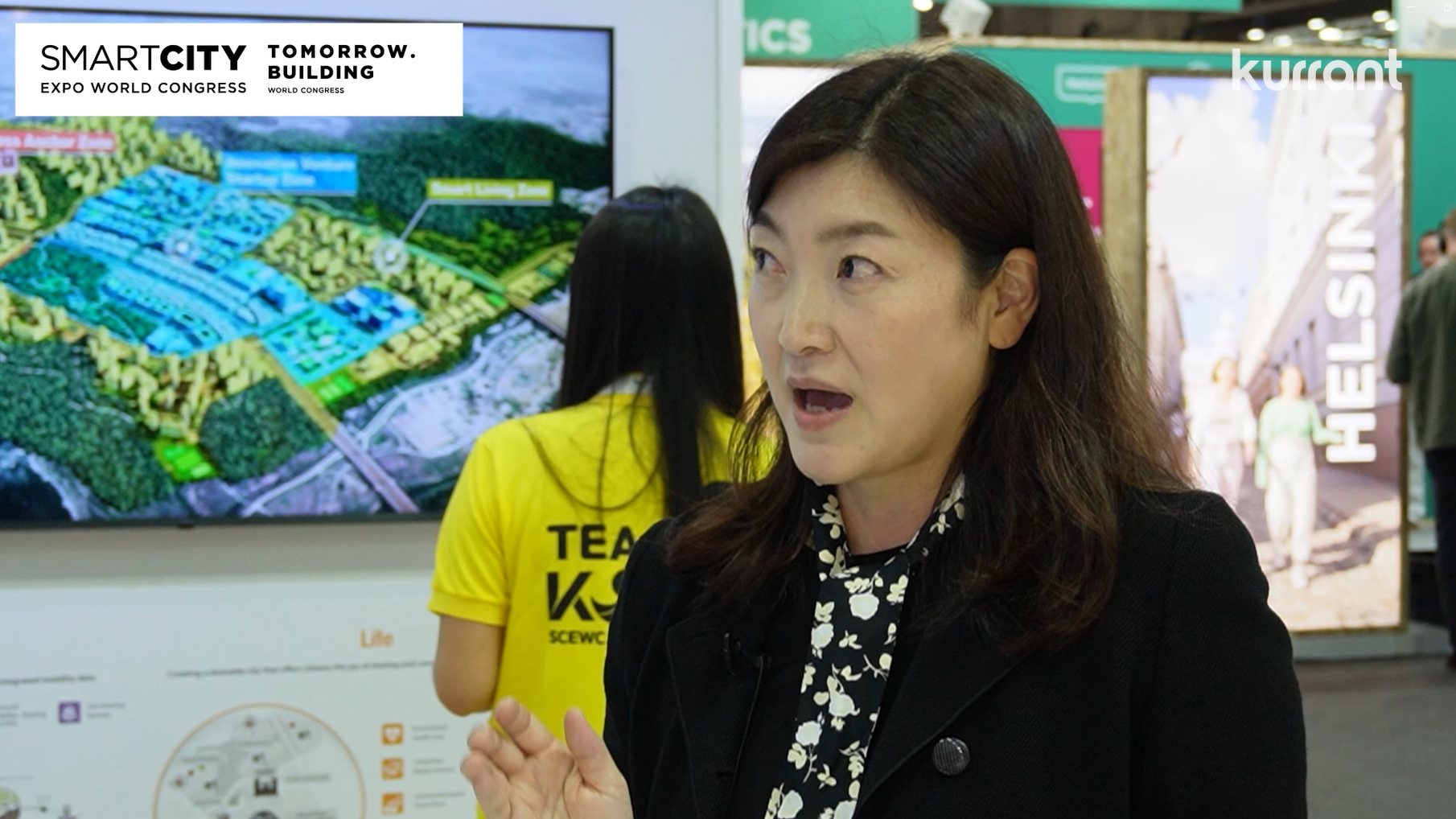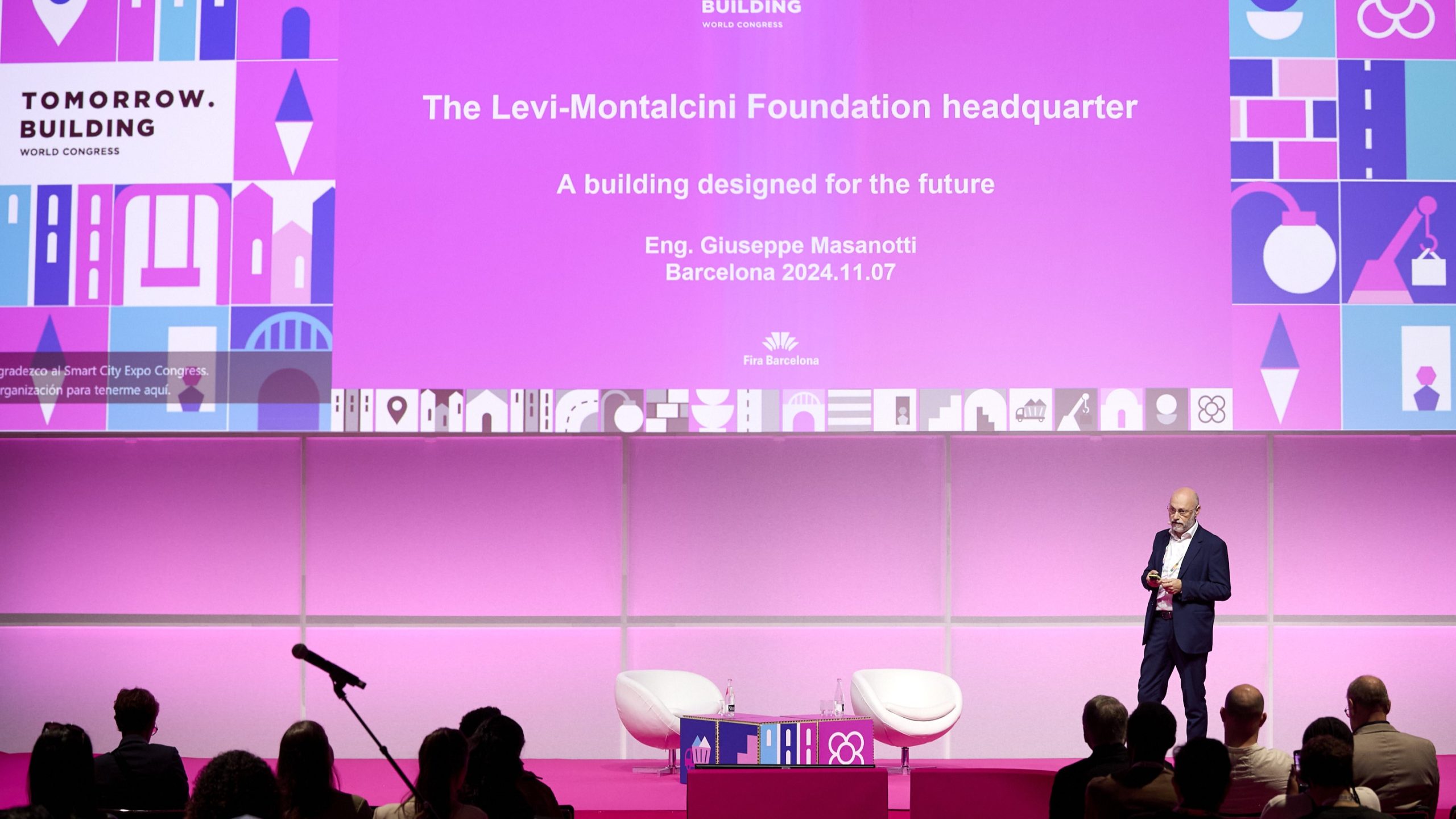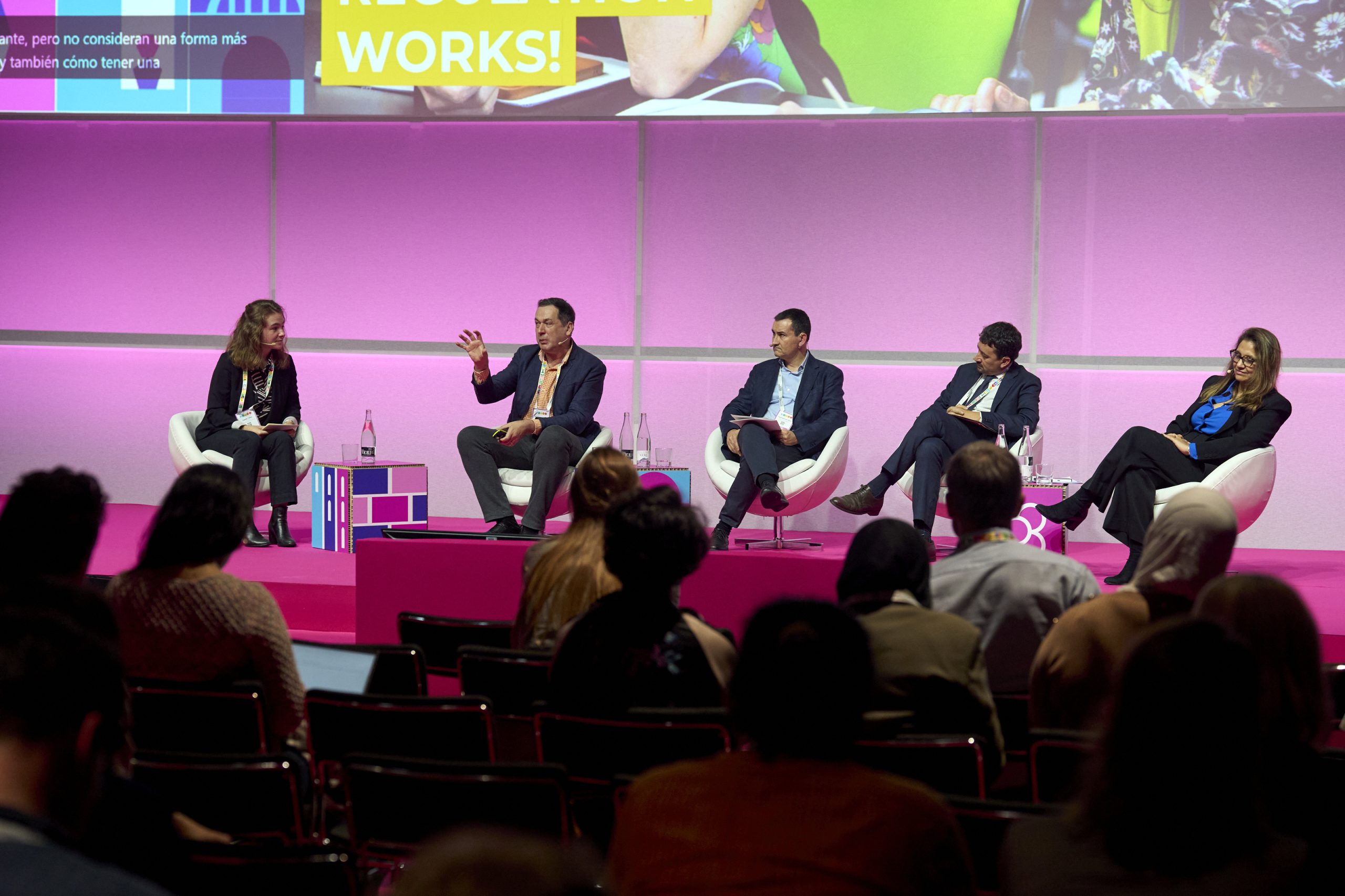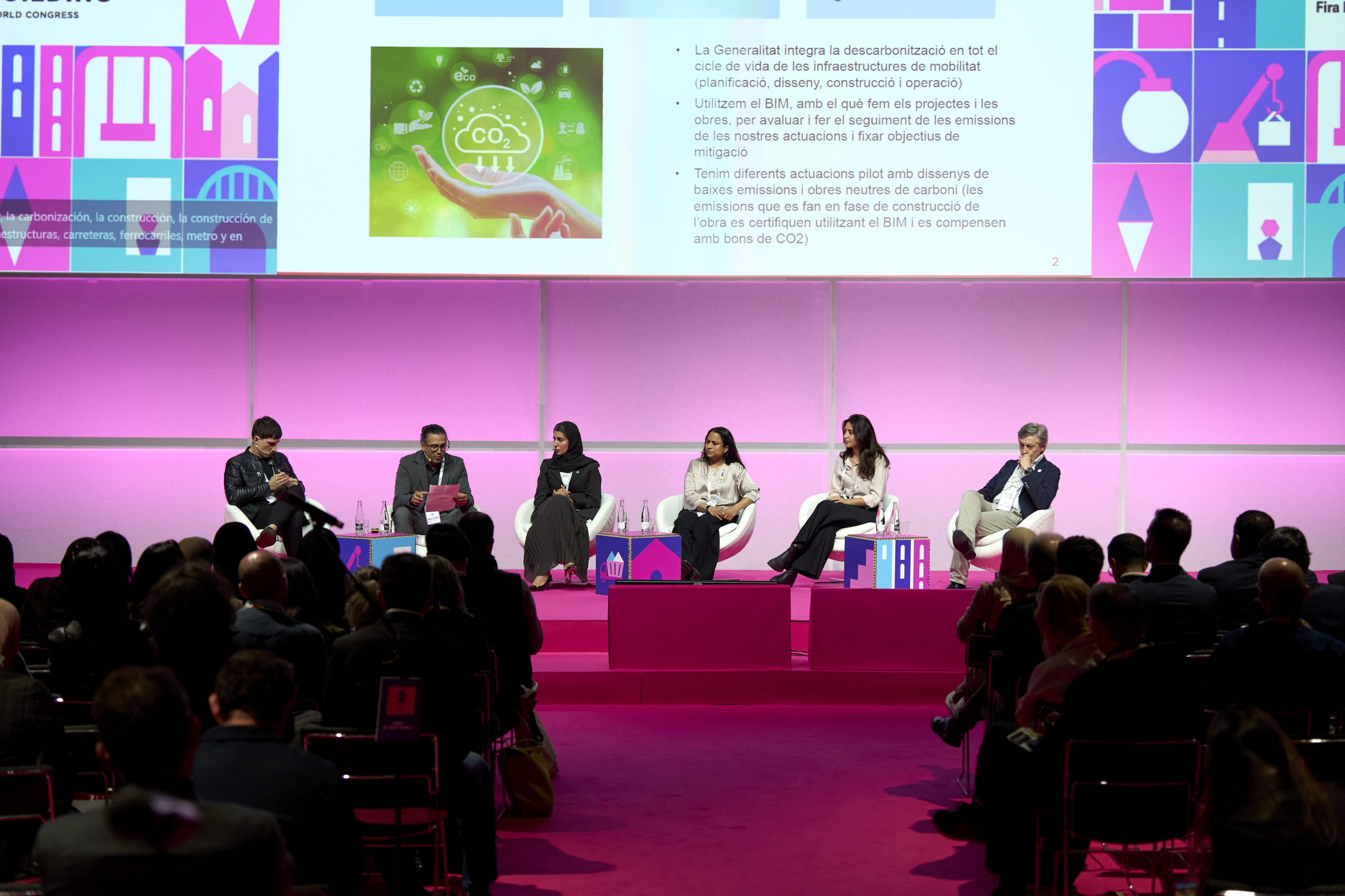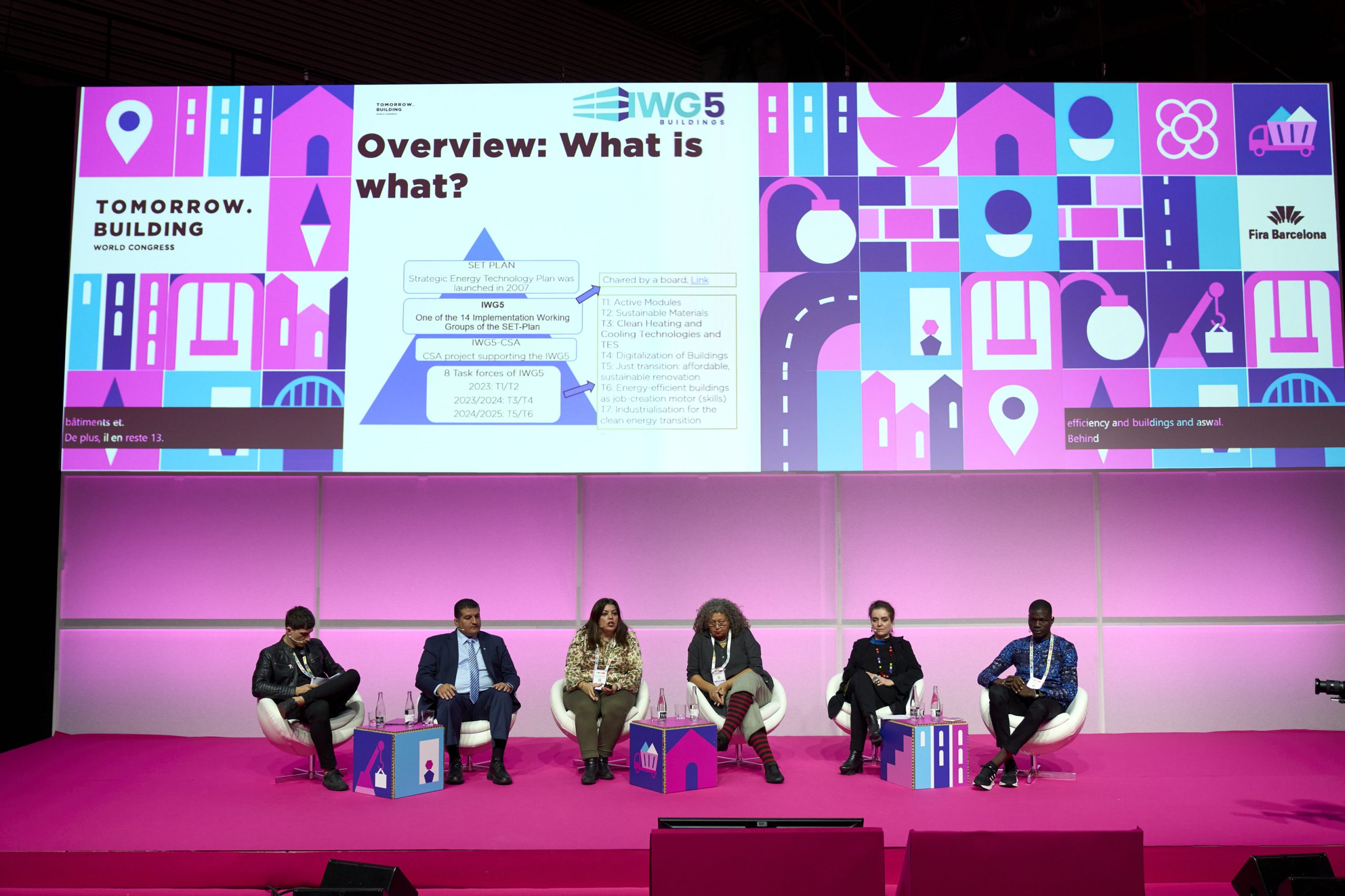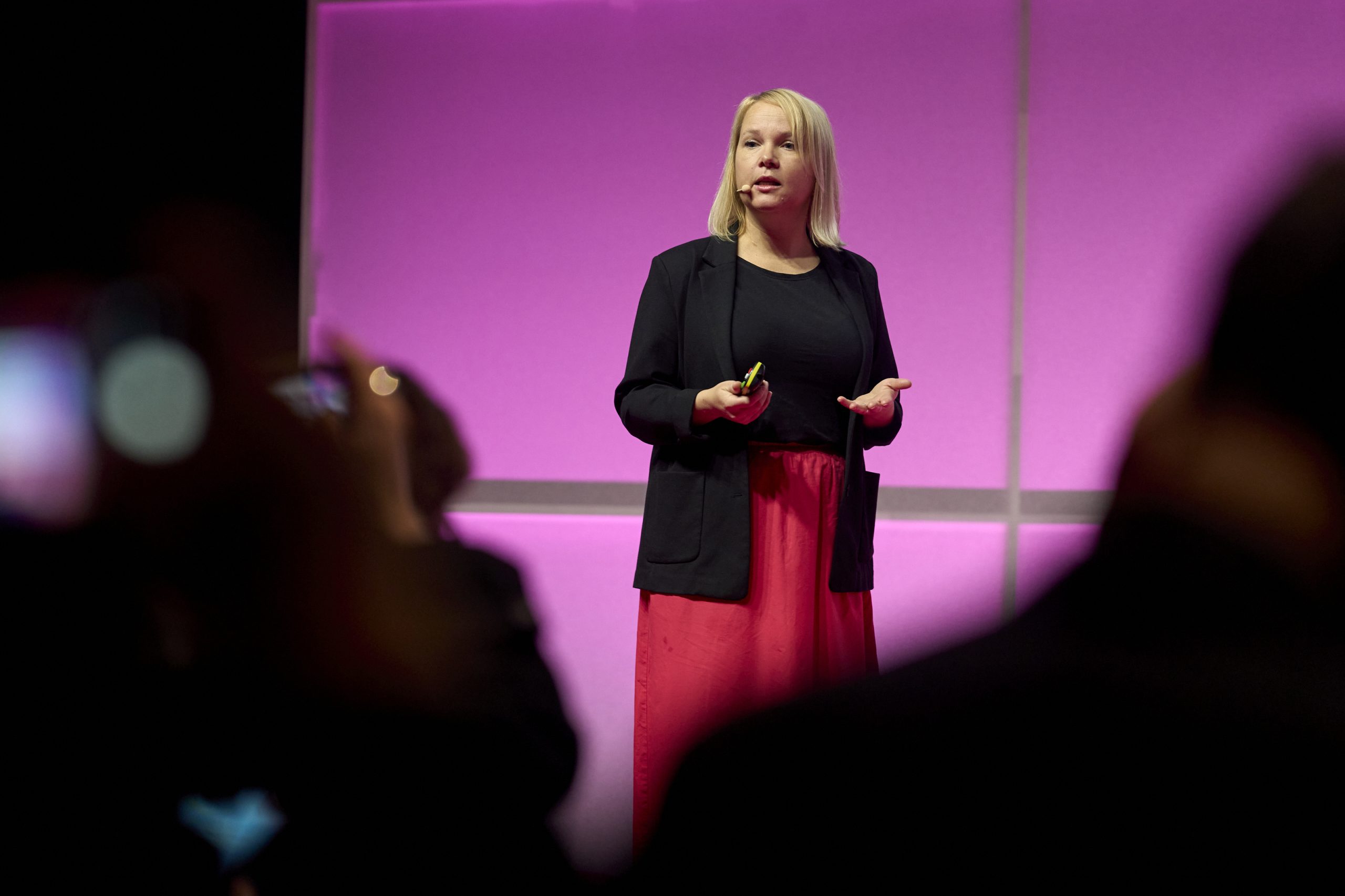Author | Lucía Burbano
Can materials like rubber, used in public infrastructures such as children’s parks, have harmful effects on health? In general terms, the numerous quality controls to which they are subjected would suggest otherwise. Many of these petroleum-based synthetics, however, contain harmful substances that can negatively impact the environment and potentially human health.
Given that children are more vulnerable to pollution and exposure to toxic substances in the air, it is essential to have comprehensive information on this matter.
Does rubber contribute to pollution?
Rubber is an elastic polymer that can be either natural or synthetic. The former is derived from the sap of certain tropical plants, while the latter is a derivative of petroleum and natural gas.
Due to its elasticity, durability, and strength, rubber is the primary component of tires used in motor vehicles, airplanes, and bicycles. The environmental impact of both natural and synthetic rubber is significant.
In the case of natural rubber, the issue arises from its cultivation and production, which often involves deforestation to create plantations. These plantations are typically monocultures, leading to habitat degradation and soil depletion. The tree from which rubber is obtained is Hevea brasiliensis, native to the Amazon rainforest, but it is also cultivated in Southeast Asian countries with similar tropical climates.
The production of synthetic rubber, on the other hand, has a significant environmental impact due to the reliance on petrochemical products. Some estimates suggest that producing one ton of synthetic rubber can generate over 2.5 tons of CO2-equivalent emissions.
Advantages and disadvantages of using rubber in children’s playgrounds

Rubber was first used in children’s playgrounds and play areas in the early 21st century as a replacement for cement, gravel, artificial grass, or sand, materials that can cause scratches and pose a risk of injury. This material was chosen due to its numerous advantages:
It is an inclusive material
Rubber surfaces have a smooth finish, making them easily accessible for all users, including those in wheelchairs.
It does not deform
Rubber does not leave marks, even when bicycles or toy cars are used, so it resists deformation and maintains a uniform surface. This ensures smooth movement without the formation of lumps or undulations, reducing the risk of trips or falls.
It absorbs shock in the event of falls
As it is a cushioned surface, it acts as a shock absorber.
It is more hygienic
It is also resistant to harsh weather conditions and can be easily disinfected. Rubber is naturally resistant to microbes.
It contributes to the circular economy
Rubber used in children’s parks is obtained from tires that can no longer be used in vehicles, contributing to recycling.

Its detractors, however, argue the following reasons against using rubber in recreational areas:
It may contain toxic substances from recycled tire waste
Since it is made from recycled tires, it may contain traces of heavy metals or other toxic substances. According to Emissions Analytics, rubber surfaces can contain up to 400 different chemical compounds, including polycyclic aromatic hydrocarbons, benzothiazoles, isoprene, and heavy metals such as zinc and lead.
It can be harmful to the soil
Another disadvantage of rubber used in playgrounds and play areas is its negative impact on soil health, as it does not decompose and does not contribute any nutrients to the soil. As a result, over time, the fertility and structure of the soil deteriorate.
So, rubber or not?
There are two types of synthetic rubber used in children’s facilities:
- SBR, which is made by recycling and reusing rubber granules from recycled truck tires.
- EPDM, or Ethylene Propylene Diene Monomer, is a material made from new raw materials.
Regarding its potential toxic effects, numerous studies, including this one, indicate that while 19% of the chemical substances in synthetic rubber are classified as carcinogenic by U.S. government agencies, only long-term, prolonged exposure poses significant health risks.
Does it therefore pose a risk? Since this type of flooring is relatively new in many cities, we do not yet have sufficient information to fully assess its long-term effects. Exposure to its harmful particles may be limited by the fact that use in children’s parks is not continuous. However, given what we do know, its potential to pollute the environment and harm wildlife in these public spaces should be the focus of more extensive research.
Images | Unsplash/ Loegunn Lai, Unsplash/Edwin Petrus, Jinhan Moon
Tomorrow.Building World Congress (5-7 November 2024, Barcelona) is the new global event empowering the green and digital transition of buildings and urban infrastructures. Celebrated in parallel with the Smart City Expo, it’s a sector-focused summit gathering the most forward-thinking brands and experts disrupting urban construction. Discover more here.











